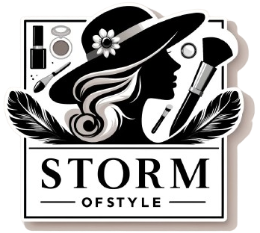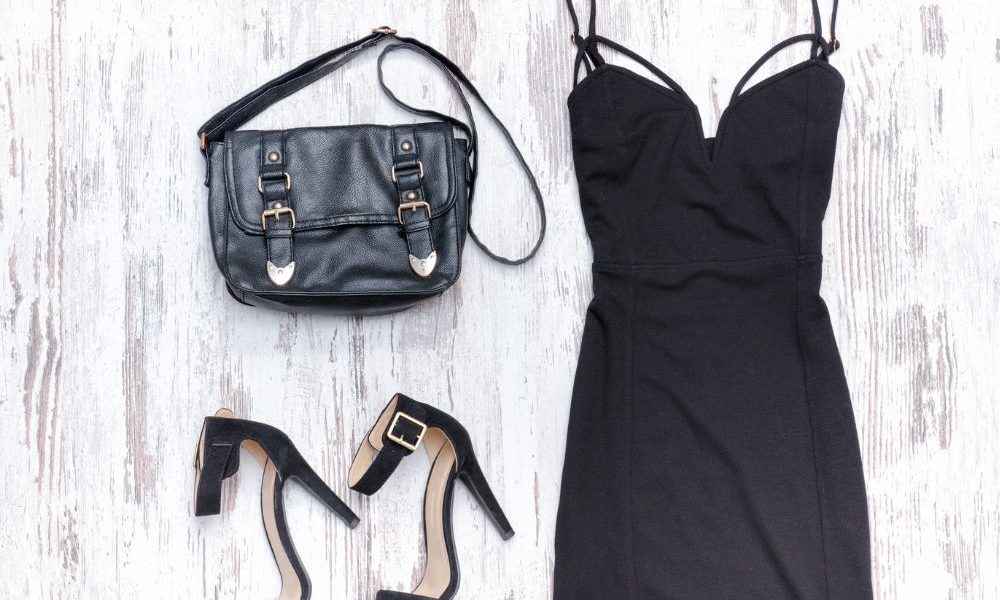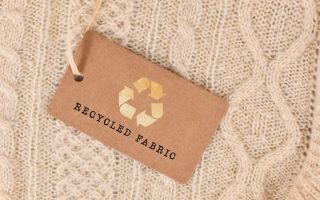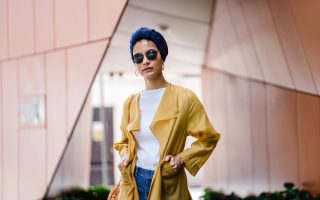Fashion is a universal language that transcends boundaries and speaks to our individuality. It is a powerful tool for self-expression, empowerment, and societal change. However, for many years, the fashion industry has been criticized for promoting narrow beauty standards and excluding diverse voices. Today, there is a growing movement towards inclusivity and breaking stereotypes, making fashion accessible to everyone regardless of race, gender, size, or ability.
The Power of Fashion in Self-Expression and Empowerment
Fashion as a Tool for Self-Expression
Fashion allows us to express who we are without saying a word. Our clothing choices can reflect our personality, mood, and values. Zendaya, an actress and fashion icon, eloquently states, “Fashion is a powerful tool for self-expression and empowerment. It should be accessible to everyone, regardless of their race, gender, size, or ability” (Harper’s Bazaar).
Personal Anecdote: I remember the first time I wore a bold, colorful outfit to a family gathering. It was a departure from my usual neutral tones, but it made me feel vibrant and confident. My relatives complimented me on my outfit, which sparked conversations about personal style and self-expression. This experience taught me the importance of wearing what makes me feel good, rather than conforming to expectations.
Challenging Norms and Breaking Rules
Fashion is also about challenging societal norms and breaking the rules. It encourages us to think outside the box and embrace our unique style. Billy Porter, an actor and fashion icon, emphasizes, “Fashion is not about conforming to societal expectations. It’s about breaking the rules, challenging norms, and creating your own unique style” (Vogue).
Inclusivity in Fashion
Inclusivity in fashion means designing clothes that cater to everyone, not just a select few. It involves representing diverse races, ethnicities, genders, sizes, and abilities in fashion media and advertising. Sinéad Burke, a writer, academic, and disability advocate, highlights, “Inclusivity in fashion is not just a trend, it’s a necessity. It’s about designing clothes that cater to everyone, not just a select few” (TED Talk).
The Impact of Diversity in Fashion
Positive Consumer Response
Diverse representation in fashion advertising has a positive impact on consumer attitudes and purchase intentions. A study published in the Journal of Advertising (2021) found that consumers respond positively to fashion advertising that features models of diverse races, ethnicities, and body types. This representation can lead to increased purchase intentions and brand loyalty.
Tip: When shopping, support brands that prioritize diversity and inclusivity in their advertising and product offerings. This not only promotes positive change in the industry but also ensures that you are buying from companies that align with your values.
Social Justice and Equality
Fashion can be a powerful tool for social justice and equality. A study published in Fashion Theory: The Journal of Dress, Body & Culture (2020) critically examines the fashion industry’s history of exclusion and discrimination. It explores how fashion can be used as a tool for social justice and change, arguing that the industry needs to embrace diversity and inclusivity to create a more equitable and just society.
Unique Insight: The fashion industry has the power to shape societal attitudes and perceptions. By promoting diverse and inclusive representation, fashion can challenge stereotypes and contribute to a more accepting and equitable world.
Practical Tips for Embracing Diversity and Inclusivity in Fashion
Support Inclusive Brands
One of the most effective ways to promote diversity and inclusivity in fashion is to support brands that prioritize these values. Look for companies that offer a wide range of sizes, use diverse models in their advertising, and are transparent about their commitment to ethical and inclusive practices.
- Aerie: Known for its #AerieREAL campaign, Aerie uses unretouched photos and diverse models to promote body positivity.
- Universal Standard: This brand offers a wide range of sizes and focuses on high-quality, stylish clothing for all body types.
- Savage X Fenty: Rihanna’s lingerie brand is celebrated for its inclusivity, featuring models of various sizes, shapes, and backgrounds.
Celebrate Your Unique Style
Fashion is a form of self-care and self-expression. Jonathan Van Ness, a hairstylist and TV personality, says, “Fashion is a form of self-care. It’s about feeling good in your own skin and expressing yourself through your clothes. Don’t let anyone tell you what you can or can’t wear” (Queer Eye).
Personal Anecdote: I used to shy away from wearing bright colors because I thought they wouldn’t suit me. One day, I decided to wear a neon green dress to a friend’s party. Not only did I receive numerous compliments, but I also felt more confident and lively. This experience reminded me that fashion is about expressing who you are and not being afraid to stand out.
Embrace Cultural Diversity
Fashion is a celebration of cultural diversity. Incorporating elements from different cultures into your wardrobe can be a beautiful way to honor and appreciate diverse traditions and aesthetics. However, it’s important to do so respectfully and with an understanding of the cultural significance behind the garments.
Tip: Research and learn about the cultural origins of the pieces you wear. This not only shows respect but also enriches your understanding and appreciation of global fashion.
Promote Body Positivity
Body positivity is about celebrating all body types and sizes. The fashion industry is increasingly recognizing the importance of representing diverse body types. Ashley Graham, a model and body positivity advocate, states, “Real beauty isn’t about being perfect. It’s about celebrating your individuality and embracing your unique features. We need to change the conversation around beauty and redefine what it means to be beautiful” (Ashley Graham website).
Personal Anecdote: I used to feel self-conscious about my body, often comparing myself to the models I saw in magazines. Seeing more diverse representation in fashion media has helped me embrace my body and feel confident in my skin. It’s empowering to see people who look like me celebrated in the fashion industry.
Advocate for Ethical Practices
Supporting brands that prioritize ethical practices is another way to promote diversity and inclusivity. Look for companies that are committed to fair labor practices, sustainable production, and transparent supply chains.
Tip: Research brands before making a purchase. Many companies provide information about their ethical practices on their websites. Supporting these brands helps create a more equitable and sustainable fashion industry.
The Future of Fashion: Embracing Diversity and Challenging Norms
Continued Progress
The fashion industry has made significant strides towards inclusivity and diversity, but there is still much work to be done. Brands need to continue expanding their size ranges, featuring diverse models, and promoting inclusive marketing campaigns.
Unique Insight: The future of fashion lies in its ability to embrace and celebrate diversity. By challenging traditional beauty standards and promoting inclusivity, the industry can become a powerful force for positive change.
The Role of Consumers
As consumers, we have the power to drive change in the fashion industry. By supporting inclusive brands, advocating for ethical practices, and celebrating diversity in our own wardrobes, we can contribute to a more inclusive and equitable fashion landscape.
Personal Anecdote: I used to buy clothes from fast fashion brands without considering their impact. Now, I prioritize purchasing from ethical and inclusive brands. It feels good to know that my choices support positive change in the industry.
Conclusion
Fashion is a powerful tool for self-expression and empowerment. By embracing diversity and challenging norms, we can create a fashion industry that is inclusive and representative of all people. As Zendaya wisely states, “Fashion is a powerful tool for self-expression and empowerment. It should be accessible to everyone, regardless of their race, gender, size, or ability” (Harper’s Bazaar).
By supporting inclusive brands, celebrating our unique styles, and advocating for ethical practices, we can promote a more equitable and just fashion industry. Fashion for all means breaking stereotypes, challenging norms, and celebrating the beauty in diversity. Let’s use fashion to express who we are and make the world a more inclusive place.




